1. Springfield, Ohio
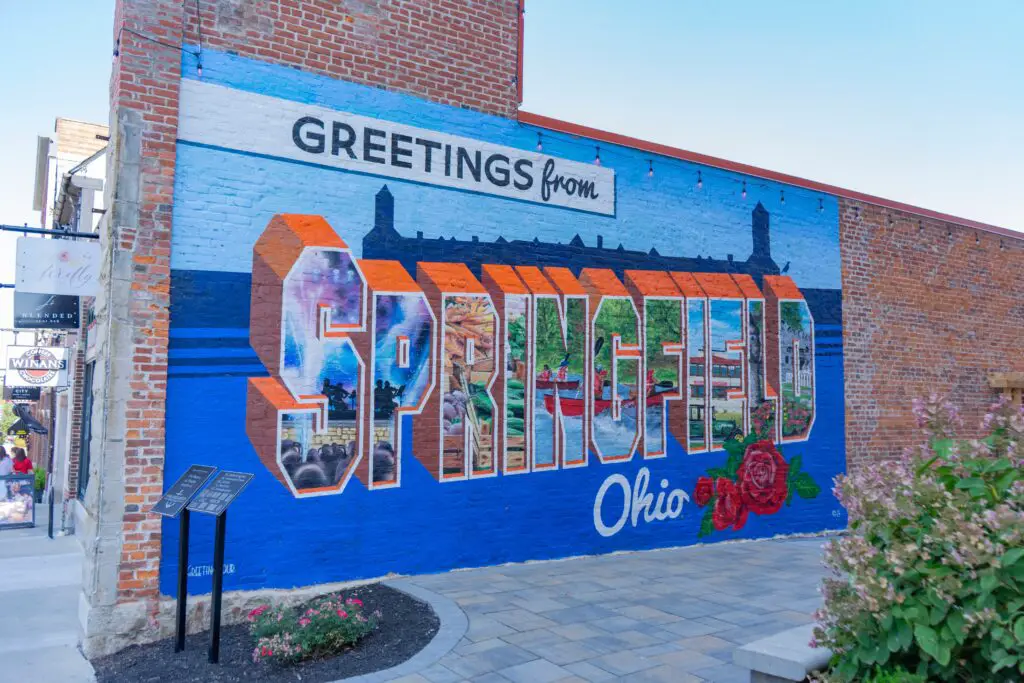
Springfield might seem charming at first glance, with its historic downtown and affordable housing. But dig deeper, and you’ll find persistent economic challenges. The job market has been stagnant for years, and the lack of industry growth leaves residents with limited career options. Combine this with aging infrastructure and schools that struggle to keep up with modern standards, and it’s easy to see why homeowners might regret their decision. While housing costs are low, property values are unlikely to appreciate, making it a tough long-term investment.
2. Pueblo, Colorado
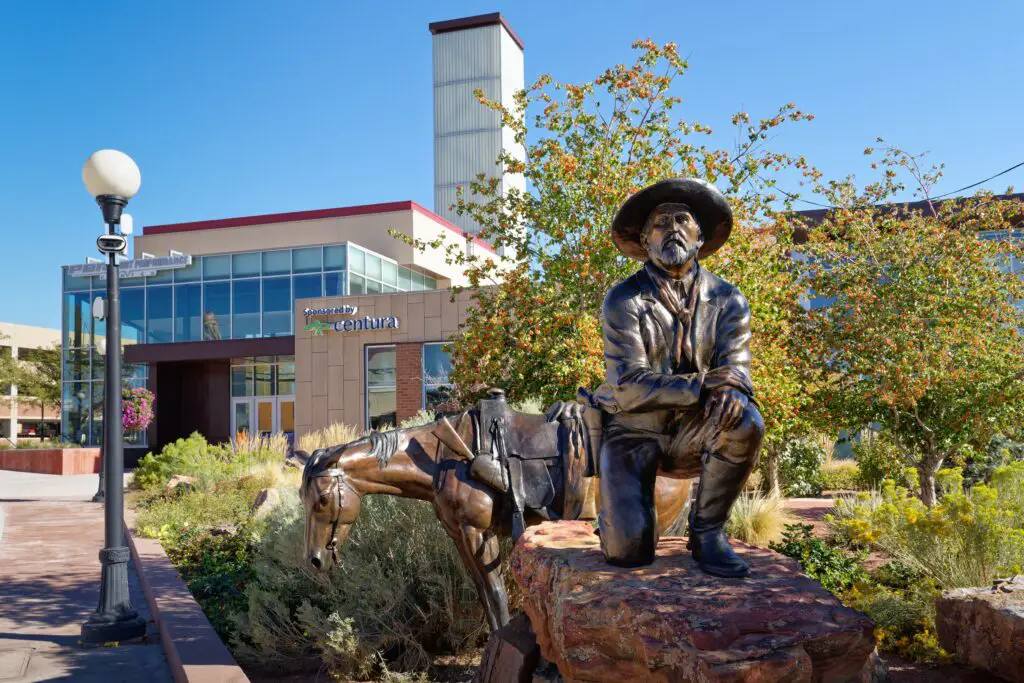
Pueblo offers beautiful scenery and a rich history, but it’s also dealing with significant issues. Crime rates remain a concern, and the city has been slow to address these problems. Additionally, while housing is more affordable than in Denver, the local economy doesn’t support strong wage growth. Public schools are underfunded, which could be a dealbreaker for families. The housing market here is a gamble—one that might not pay off in the coming years.
3. Rochester, New Hampshire

Rochester’s small-town charm hides some significant downsides. The local economy is struggling, with few job opportunities outside of small businesses and service industries. Winters are harsh and costly, driving up heating bills and maintenance expenses for homeowners. While the town has historical appeal, the amenities are limited, and residents often find themselves commuting long distances for better jobs or services. These factors combine to make it less appealing for long-term homeownership.
4. Albany, Georgia
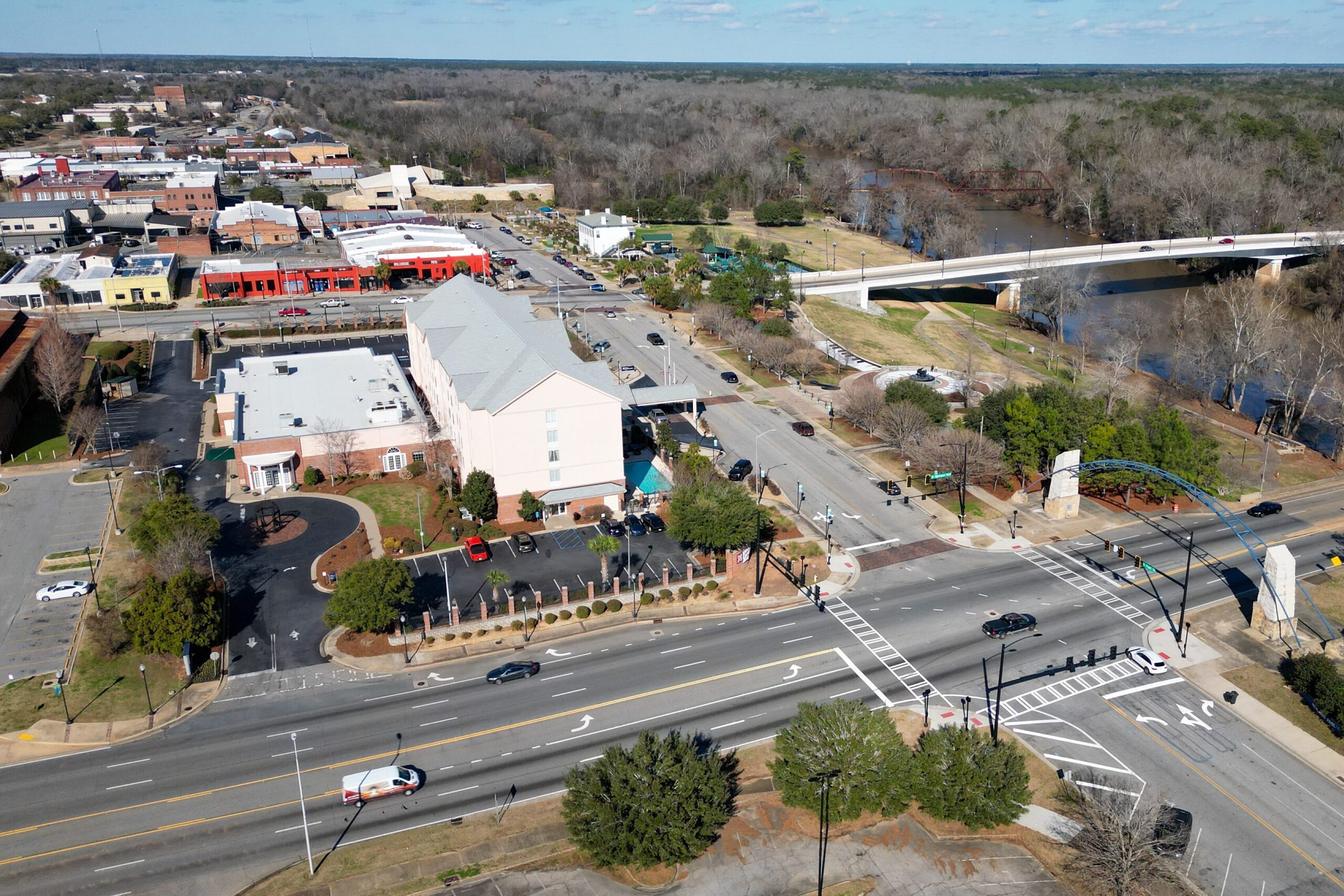
Albany’s warm climate and Southern hospitality are undeniable, but potential homeowners should think twice. The city has one of the highest poverty rates in Georgia, and economic growth has been slow to non-existent. Schools in the area often fall below state averages, making it less desirable for families. Flooding is also a recurring issue, causing damage and high insurance premiums. These challenges make it hard to justify buying a home here in 2025.
5. Danville, Virginia
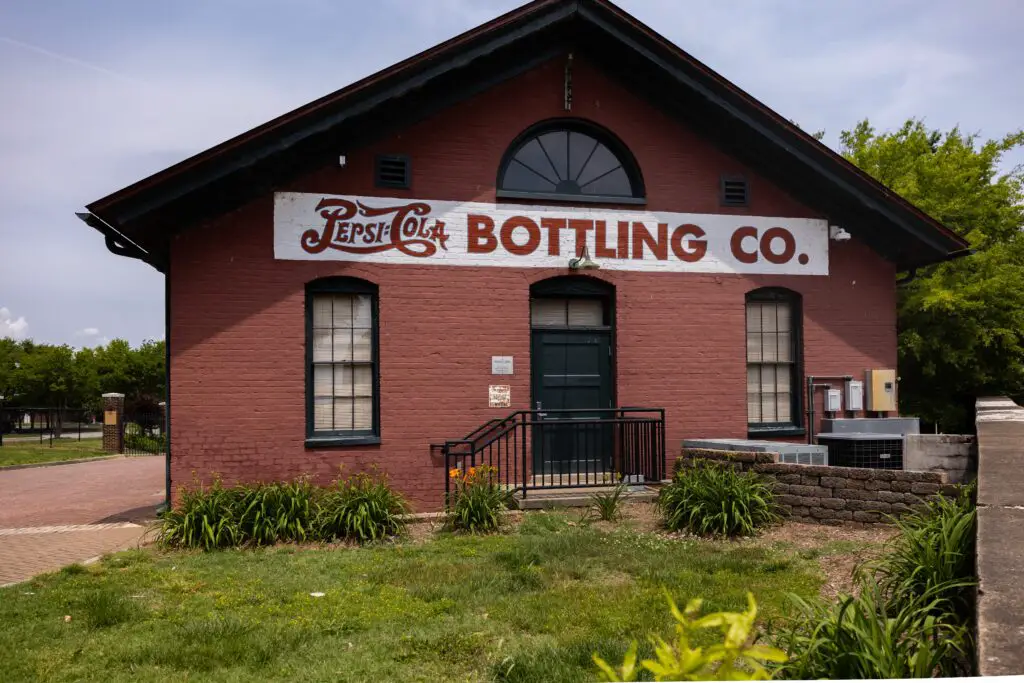
Danville’s affordable housing market comes with trade-offs that can make homeownership here regrettable. The city has struggled to recover from the decline of its tobacco and textile industries, leaving the job market in a precarious state. Infrastructure projects and revitalization efforts are ongoing but slow-moving. Additionally, cultural and recreational opportunities are sparse, and many residents feel isolated. The long-term outlook for property values isn’t promising.
6. Beckley, West Virginia

Beckley may offer picturesque mountain views, but its economic struggles cast a long shadow. The city’s reliance on the declining coal industry has left it with few growth opportunities. Infrastructure and public services are outdated, and schools rank poorly compared to state and national averages. While housing is affordable, the resale value of properties is questionable. Beckley’s charm fades quickly when faced with these challenges.
7. Decatur, Illinois
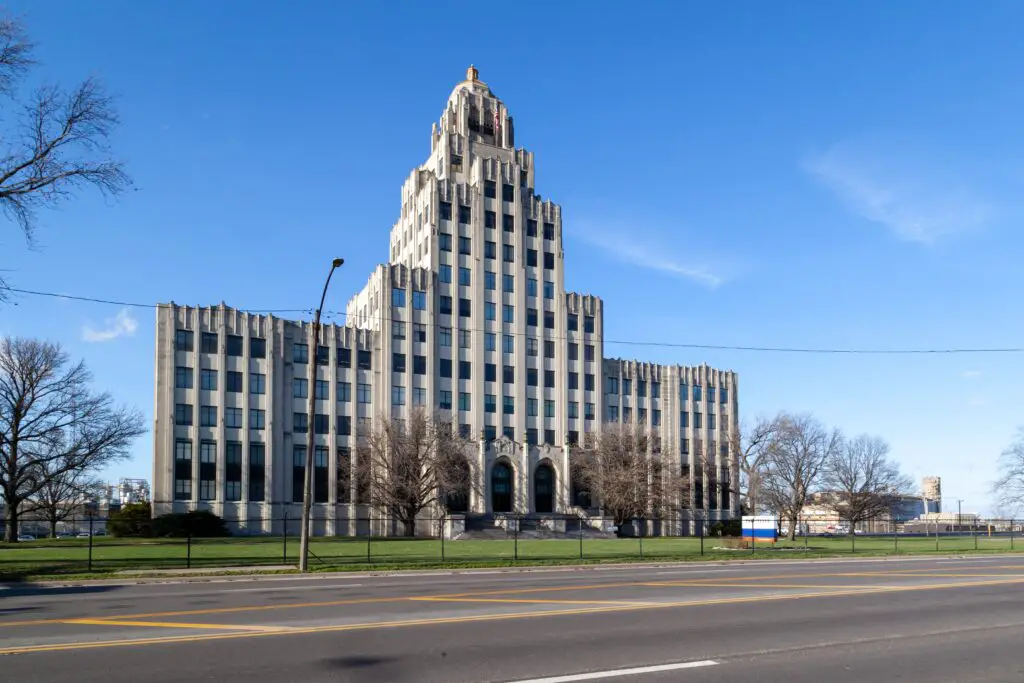
Decatur was once a thriving industrial hub, but its economy has seen better days. The decline of manufacturing has left the city with high unemployment and slow job growth. Schools and infrastructure are underfunded, and crime rates are higher than you might expect for a small city. Housing prices are low, but so is demand, making it difficult to build equity. Decatur’s downward trajectory makes buying a home here a risky move.
8. Farmington, New Mexico

Farmington’s proximity to stunning landscapes can’t make up for its economic issues. The city has been heavily impacted by the decline of oil and gas, leaving job opportunities scarce. Public schools are under-resourced, and healthcare access is limited. Additionally, extreme weather conditions make home maintenance costly. For those looking for a solid investment, Farmington might not be the best choice.
9. Florence, South Carolina
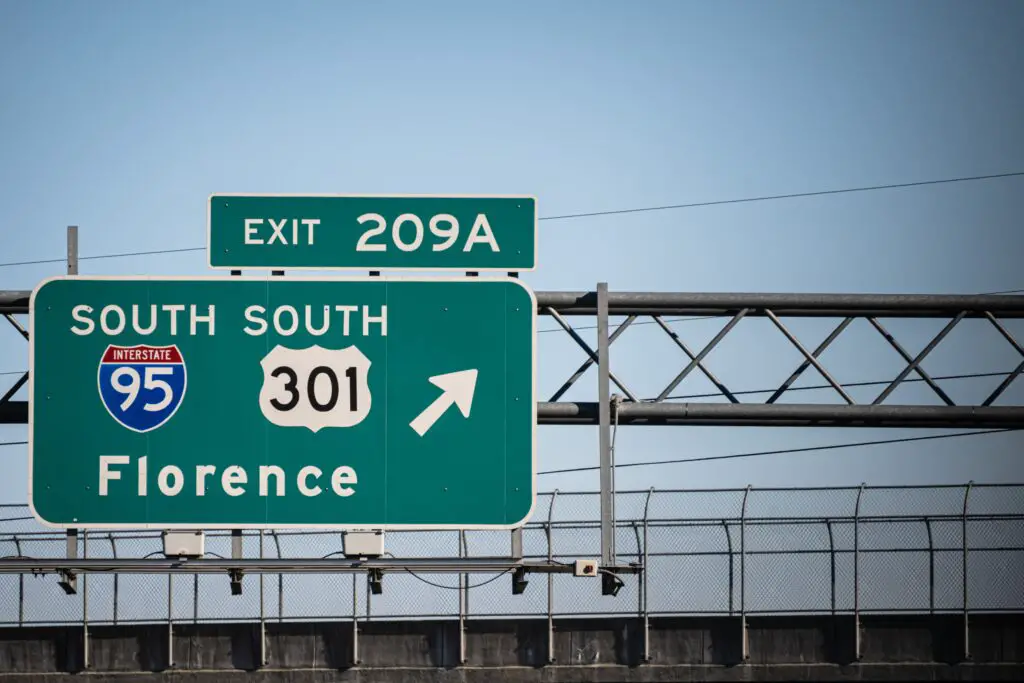
Florence’s historic charm and affordable homes are appealing at first, but the city faces challenges that could deter buyers. The local job market lacks diversity, heavily relying on healthcare and manufacturing. Infrastructure is aging, and public services often lag behind modern standards. Crime rates are concerning, and property values have been slow to rise. For long-term stability, Florence might not be the ideal place to buy.
10. Lima, Ohio
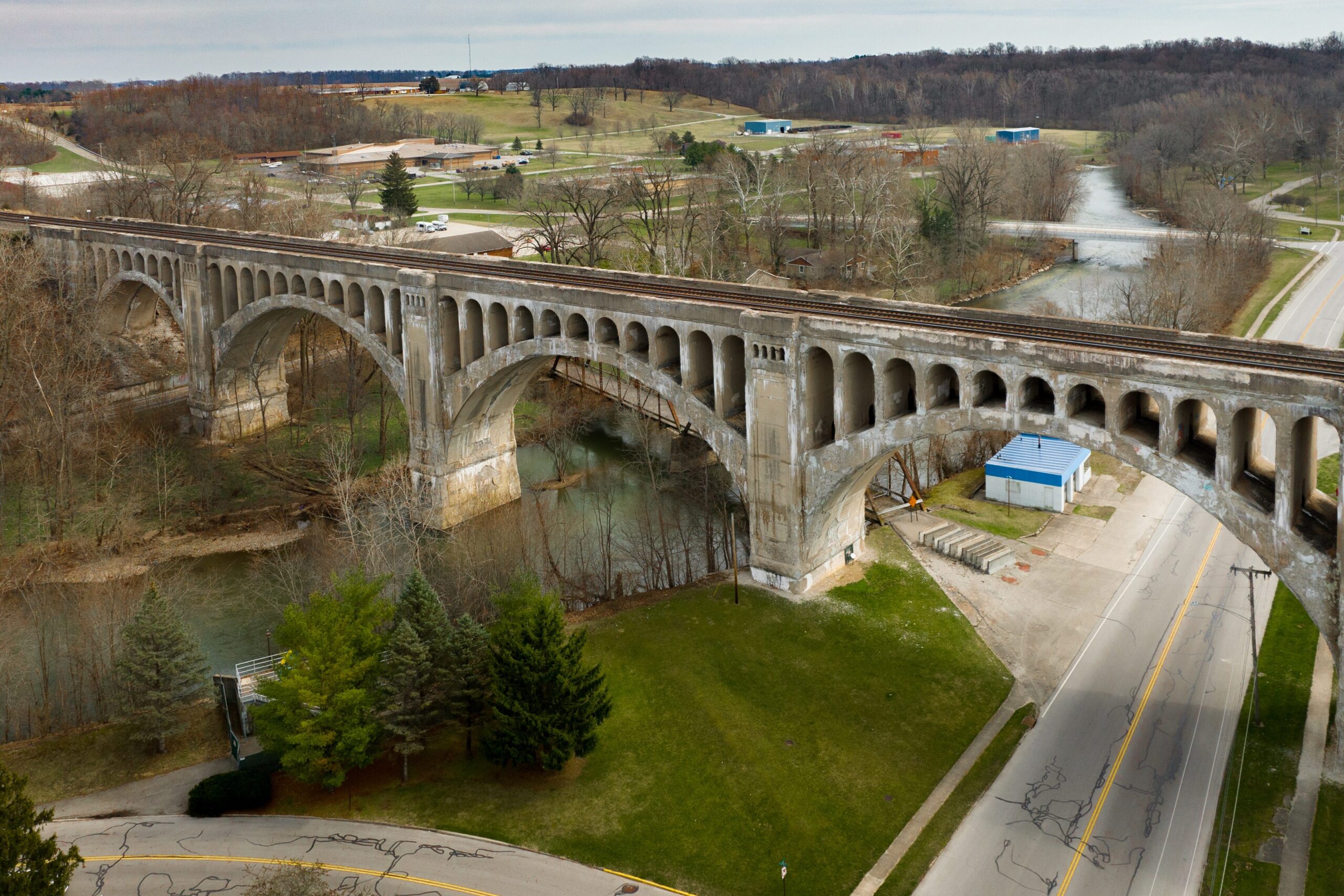
Lima offers low housing costs but not much else to support new homeowners. The job market is limited, with few high-paying opportunities outside of manufacturing. Schools rank below average, and community amenities are minimal. While it has a small-town feel, residents often find themselves driving to larger cities for work, entertainment, or healthcare. This lack of growth potential makes it hard to justify buying a home here.
11. Sierra Vista, Arizona

Sierra Vista’s affordability is offset by its lack of opportunities and harsh desert conditions. The local economy relies heavily on Fort Huachuca, making it vulnerable to federal budget cuts. Public schools are average at best, and recreational options are limited. Extreme heat and water shortages add to the challenges of maintaining a home here. While the desert sunsets are stunning, they might not be enough to make up for the drawbacks.
12. Terre Haute, Indiana
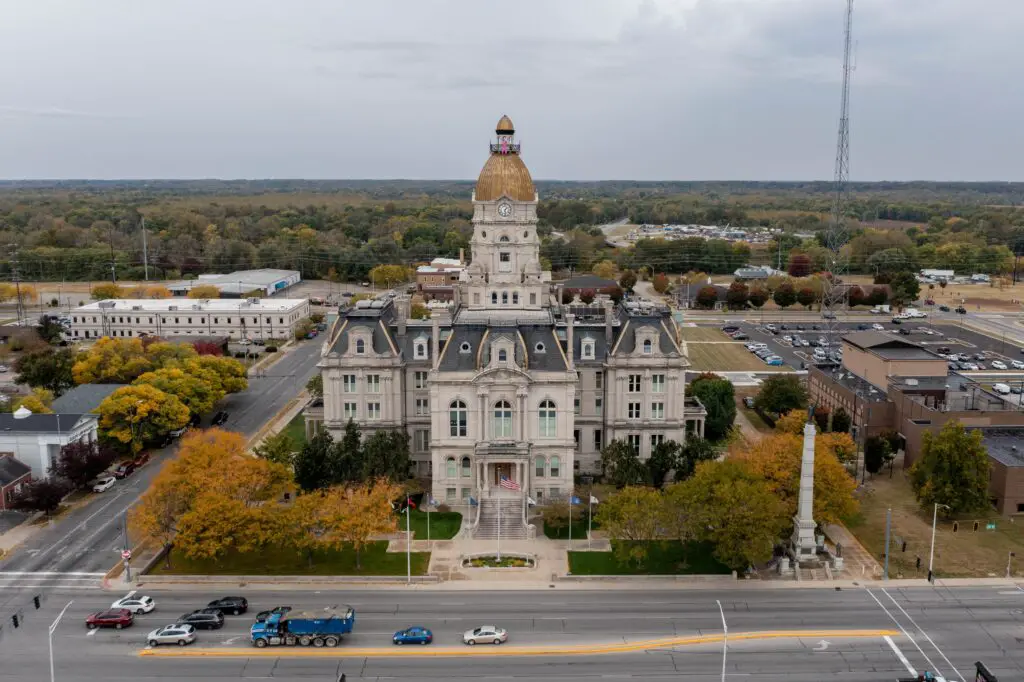
Terre Haute’s low cost of living comes at a price. The city has struggled to attract new industries, leaving job growth stagnant. Crime rates are higher than the national average, and public schools rank poorly. Infrastructure issues, including aging roads and utilities, add to homeowners’ frustrations. While homes are affordable, the potential for long-term appreciation is slim.
13. Dothan, Alabama
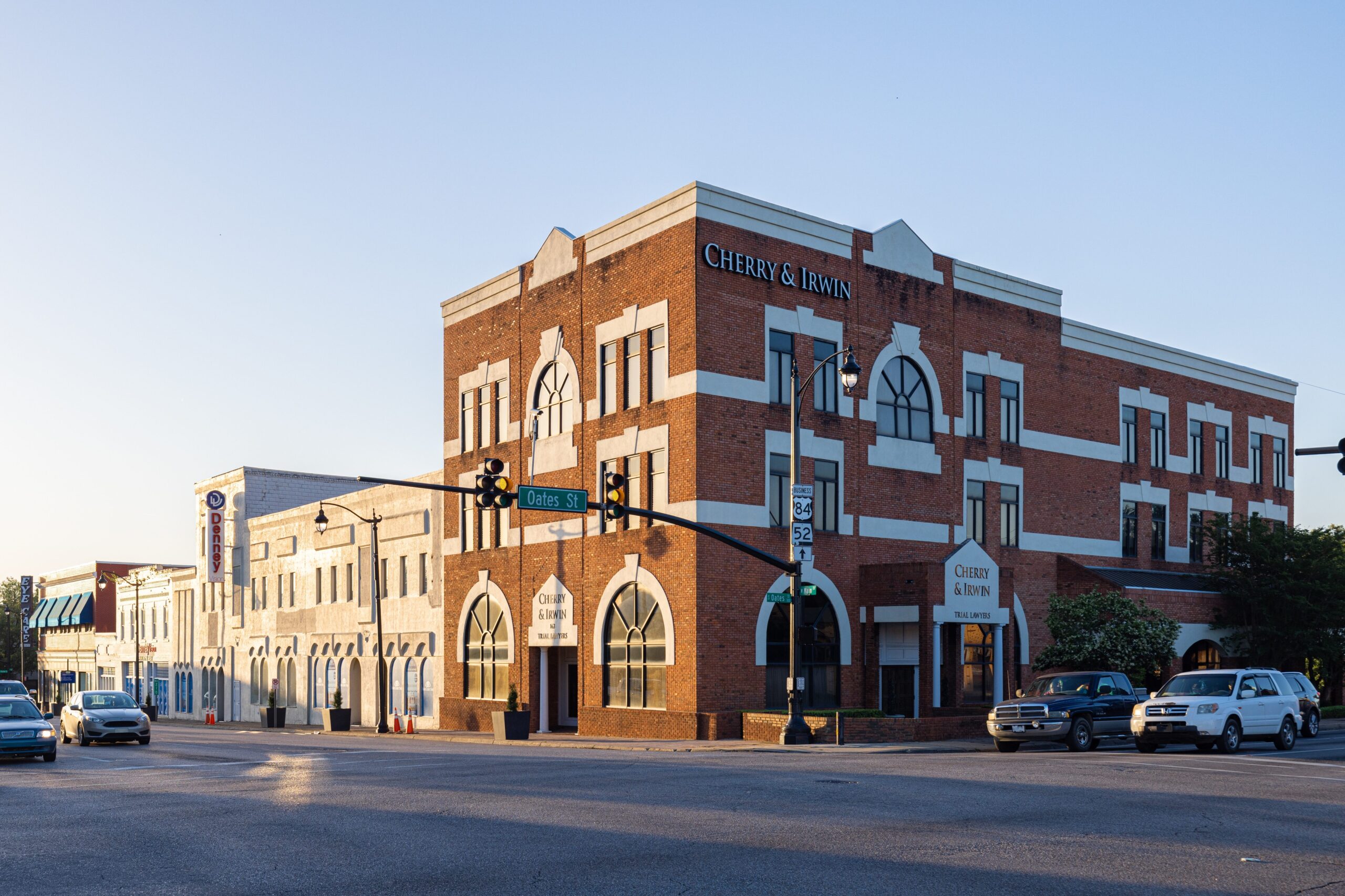
Dothan might be known as the “Peanut Capital of the World,” but it’s also a city with significant economic hurdles. Job opportunities are limited, and wages are often below national averages. Public schools are underfunded, and community resources are sparse. The city’s infrastructure struggles to keep up with demand, leading to frequent repairs and maintenance issues. For buyers seeking stability, Dothan might not be the wisest choice.
14. Clovis, New Mexico

Clovis might offer affordable housing, but the city faces numerous challenges. Its economy is heavily reliant on Cannon Air Force Base, leaving it vulnerable to military cutbacks. Public schools are underperforming, and there are few higher education opportunities nearby. The climate is harsh, with high winds and frequent droughts. Homebuyers looking for long-term growth potential might find themselves disappointed here.
15. Martinsville, Virginia

Martinsville’s history as a furniture manufacturing hub is long gone, and the city has struggled to reinvent itself. Job opportunities are limited, with high unemployment rates and slow economic growth. Public schools lack resources, and community amenities are scarce. While housing prices are low, the market is stagnant, with little potential for appreciation. For those considering a move, Martinsville’s struggles could make homeownership a regret.
